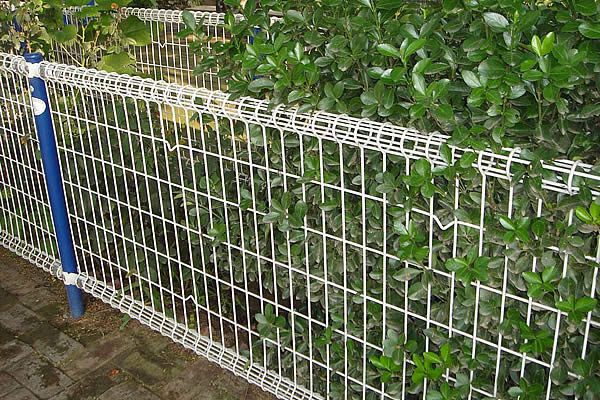 TEL:
+86-13102802206
TEL:
+86-13102802206
 Email:
fencenetting@china.com
Email:
fencenetting@china.com
 Language
Language
 TEL:
+86-13102802206
TEL:
+86-13102802206
 Email:
fencenetting@china.com
Email:
fencenetting@china.com
 Language
Language


Temporary Animal Fencing A Practical Solution for Livestock Management
In the world of agriculture and livestock management, one of the core challenges faced by farmers and ranchers is effective grazing and containment of animals. Whether it's cattle, sheep, goats, or any other type of livestock, controlling their movement is crucial for both the animals' welfare and agricultural productivity. Temporary animal fencing has emerged as a practical and versatile solution to address these challenges, offering numerous benefits while being adaptable to various farming needs.
Understanding Temporary Fencing
Temporary animal fencing typically consists of lightweight materials designed for easy assembly and disassembly. Unlike permanent fencing structures, which may be costly and labor-intensive to install, temporary fencing can be set up quickly and moved as needed. This flexibility supports rotational grazing—a practice that enhances pasture recovery and reduces overgrazing, ultimately leading to healthier soils and animals.
Benefits of Temporary Fencing
1. Flexibility and Adaptability One of the primary advantages of temporary animal fencing is its versatility. Farmers can easily create designated grazing areas that can change based on seasonal needs, pasture conditions, and herd dynamics. This allows for efficient use of land and resources, adapting the grazing strategies to support sustainable practices.
2. Cost-Effective Installing permanent fencing can be a significant financial investment, particularly for small-scale farmers. Temporary fencing options, such as electric netting or portable panels, are often more affordable and provide farmers with a low-cost alternative that still effectively manages livestock.
3. Quick Installation and Removal The ease of setup and takedown is another vital factor in the appeal of temporary fencing. Farmers can quickly deploy fencing when moving livestock to a new pasture or when establishing a temporary holding area. This speed and convenience make it easier to comply with farm management practices that require frequent adjustments.

4. Animal Welfare Properly managed grazing with temporary fencing can lead to healthier animals by ensuring they have access to fresh pastures. Rotational grazing practices reduce the chance of overgrazing, leading to healthier forage options and, in turn, healthier livestock. Additionally, it can prevent animals from wandering onto roads or neighboring properties, reducing stress for both animals and farmers.
5. Environmental Impact Temporary fencing promotes better soil health and erosion control by allowing pastures to rest and regenerate. It can help manage weed populations, increase biodiversity, and reduce the need for chemical interventions. Furthermore, it encourages the growth of native pasture species that provide better nutrition for livestock.
Types of Temporary Fencing
There are several types of temporary fencing available on the market, each suited for different purposes and environments. Electric fencing systems are popular for their effectiveness in containing energetic animals while minimizing the risk of injury. Portable panel fencing is another option that offers high durability and can be arranged in various configurations for different types of livestock. Additionally, lightweight mesh and netting can be utilized for smaller animals like poultry or goats, ensuring they remain contained while allowing for easy mobility.
Implementing Temporary Fencing Effectively
For farmers considering temporary fencing, it's essential to assess their unique needs, including the type of livestock, land conditions, and management goals. Establishing clear boundaries and planning grazing patterns can maximize the benefits of temporary fencing and ensure that the livestock remains safe and secure. Regular checks and maintenance of the fencing are also crucial to ensure its effectiveness and longevity.
Conclusion
Temporary animal fencing represents a flexible, cost-effective, and environmentally friendly approach to livestock management. By allowing farmers to adapt their grazing strategies in response to changing conditions, these fencing solutions contribute significantly to sustainable agricultural practices. As ranchers seek ways to enhance productivity while maintaining animal welfare, the advantages of temporary fencing cannot be overlooked. Ultimately, adopting temporary fencing can lead to healthier animals, improved pasture conditions, and a more sustainable future for farming.